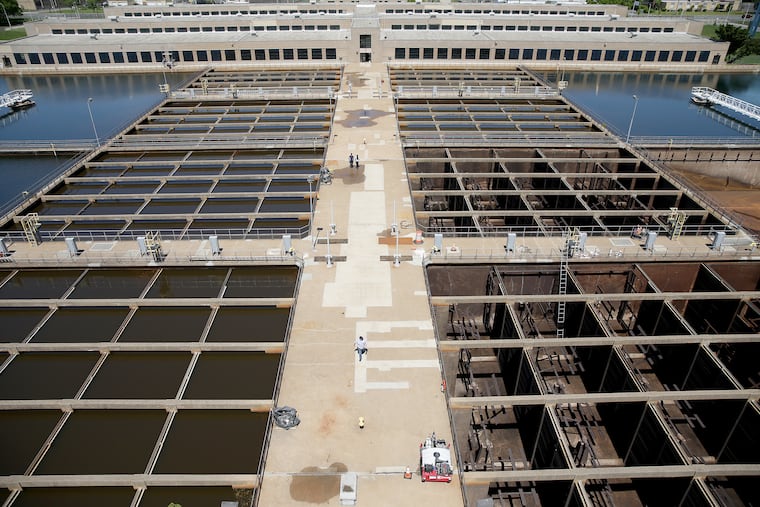Where Philly’s drinking water comes from
Where you live in the city determines which of its two rivers you drink from.

The Philadelphia Water Department provides drinking water for 1.7 million residents of the city as well as Lower Bucks County. And where you live in the city determines which of its two rivers you drink from.
But where does all that water come from, and how do you know it’s safe?
The city has three main drinking water plants that treat 230 million gallons of water daily. The Baxter treatment plant in Torresdale takes in water from the Delaware River and serves about 58% of the city. The Queen Lane and Belmont plants take in water from the Schuylkill.
The plants use an elaborate process that screens out solids, doses the water with chlorine, and filters through layers of sand, gravel, and carbon. The water is dosed again with chlorine to preserve it on a journey through miles of pipe to individual homes and businesses.
The Water Department must comply with National Primary Drinking Water Regulations for more than 90 contaminants. It also has to follow secondary standards for 15 contaminants that aren’t enforced but that have suggested levels. There is also a separate Lead and Copper Rule.
It tests for PFAS, although it does not currently have the ability to remove that class of chemicals. However, it will almost certainly have to in the coming years under a new rule proposed by the U.S. Environmental Protection Agency that sets a maximum level of the compounds to near zero.
The spill from a chemical plant in Bristol, Bucks County, into the Delaware River on Friday night highlighted the city’s vulnerability when it comes to water: It is at the mercy of river water and cannot draw from underground aquifers as some other water departments do.
» READ MORE: Philadelphia water: What we know and don’t know after Delaware River latex spill
However, the Baxter plant does have a large intake area that serves as a reservoir. So it can shut off its intake, and continue providing water through 3,000 miles of pipe for 1.6 million people and businesses until an immediate threat passes.